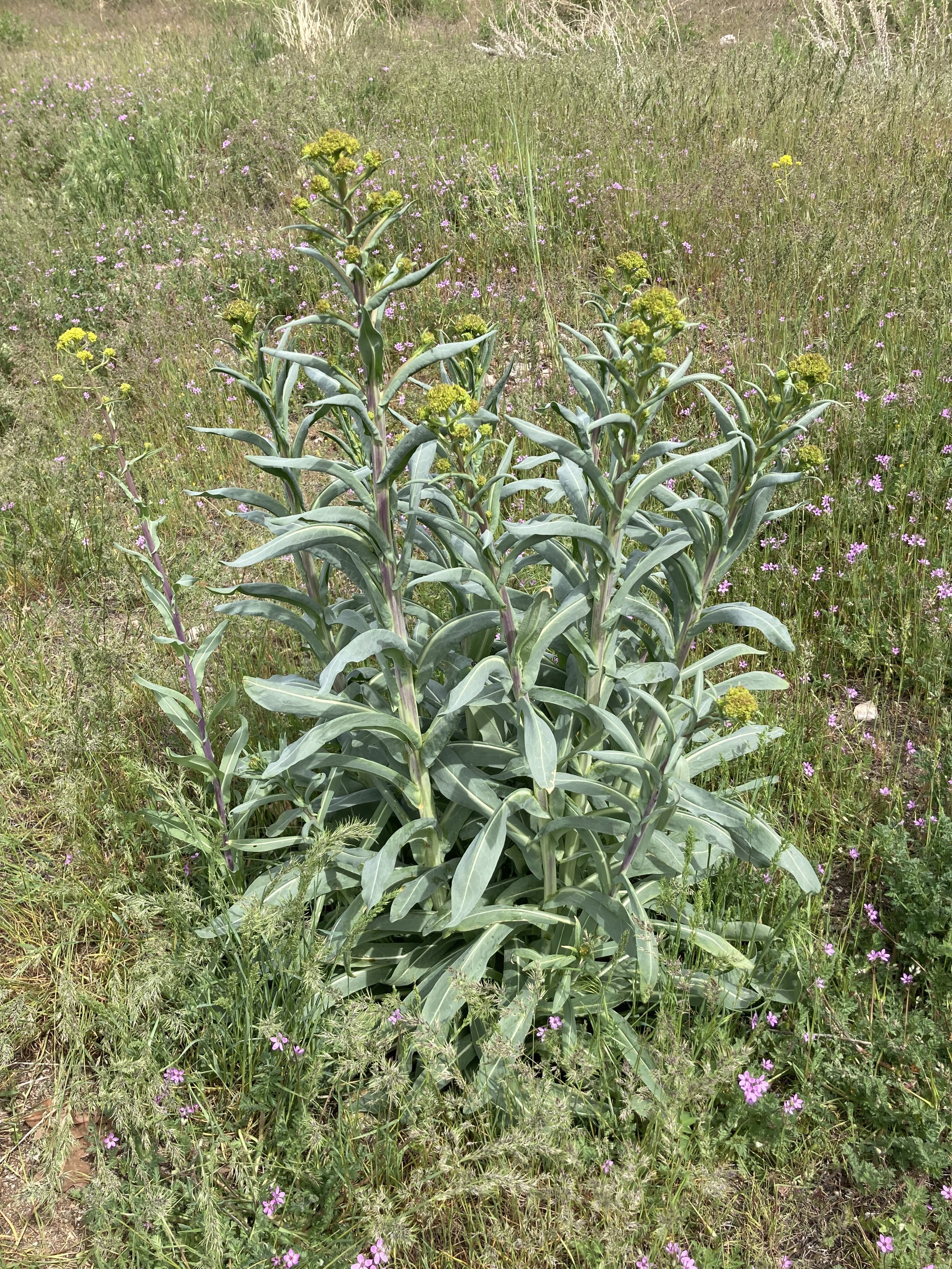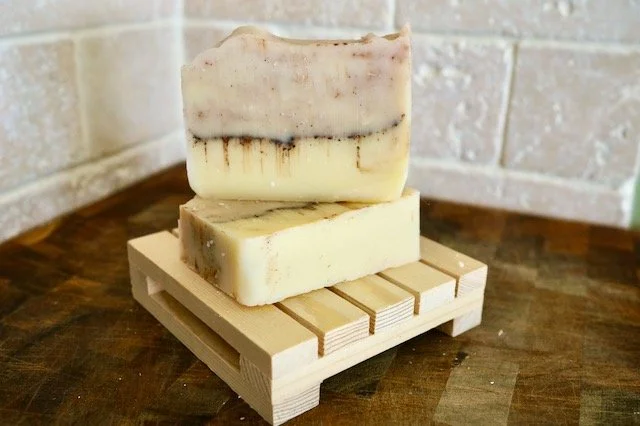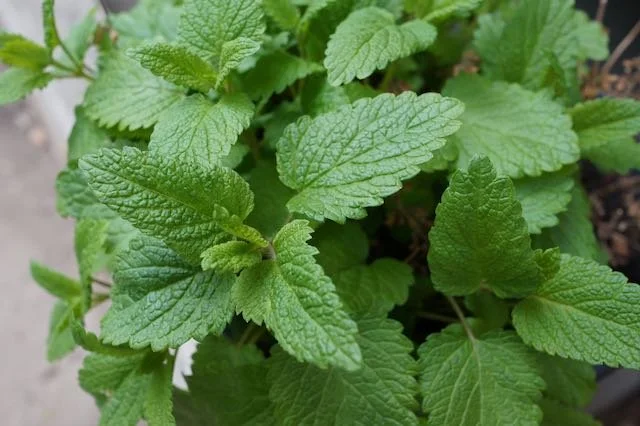Making a Woad Dye
Late spring, early summer is woad season. Isatis tinctoria is considered a noxious, invasive weed in Utah and so I figured this year I would use it to try and make my own indigo dye. I did a bunch of research on how to make a dye vat out of the fresh leaves. It’s no harder than baking a cake. I am very much a beginner when it comes to making natural dyes. I use them already made for me for my soaps, but in an effort to try to bring my ingredients as local as possible I thought learning to make natural dyes would be great thing for both my soaps and crafting/sewing projects.
Making Woad Dye From Wild Plants
Woad is part of the Brassicaceae family, same as broccoli, cabbage and kale. The leaves are typically harvested in the first year for the most potent dye. It would seem this year only second year plants were growing or I was too late in thinking about this project. I used the leaves from this plant and several others for my vat.
You start by removing the leaves from the stems and chopping them up. Bring a large pot of water to a simmer, around 175 degrees. Let the woad leaves simmer in the water for 10 minutes. Then cool immediately to 120 degrees. Strain out all the leaves so you only have the brownish water left. It looks much like tea. Now you can add 3 tsp of soda ash to lower the ph levels. This where the fun come in, aeration. You need to add air to the liquid by stirring vigorously or pour the water back and forth between to large pots until you start to see the bubbles be come a bluish/green. Then you are ready to use the vat. Or you can let it sit and then syphon off the water and reserve the blue sediment at the bottom to make a vat later ( but that is more complicated).
The dye stuffs I used were some cotton rope and skeins of wool yarn. I think I waited too long to get the dye stuffs into the vat and I used second year leaves. My end result was not particularly vibrant. However, I think I will try this again before the season is over.
You can see the rope dyed better than the yarn. I think both need more time being wetted and I should try to find first year plants to make a stronger vat.
Do any of you dye with natural plant materials? I’d love to hear from and get some tips in the comments below.











